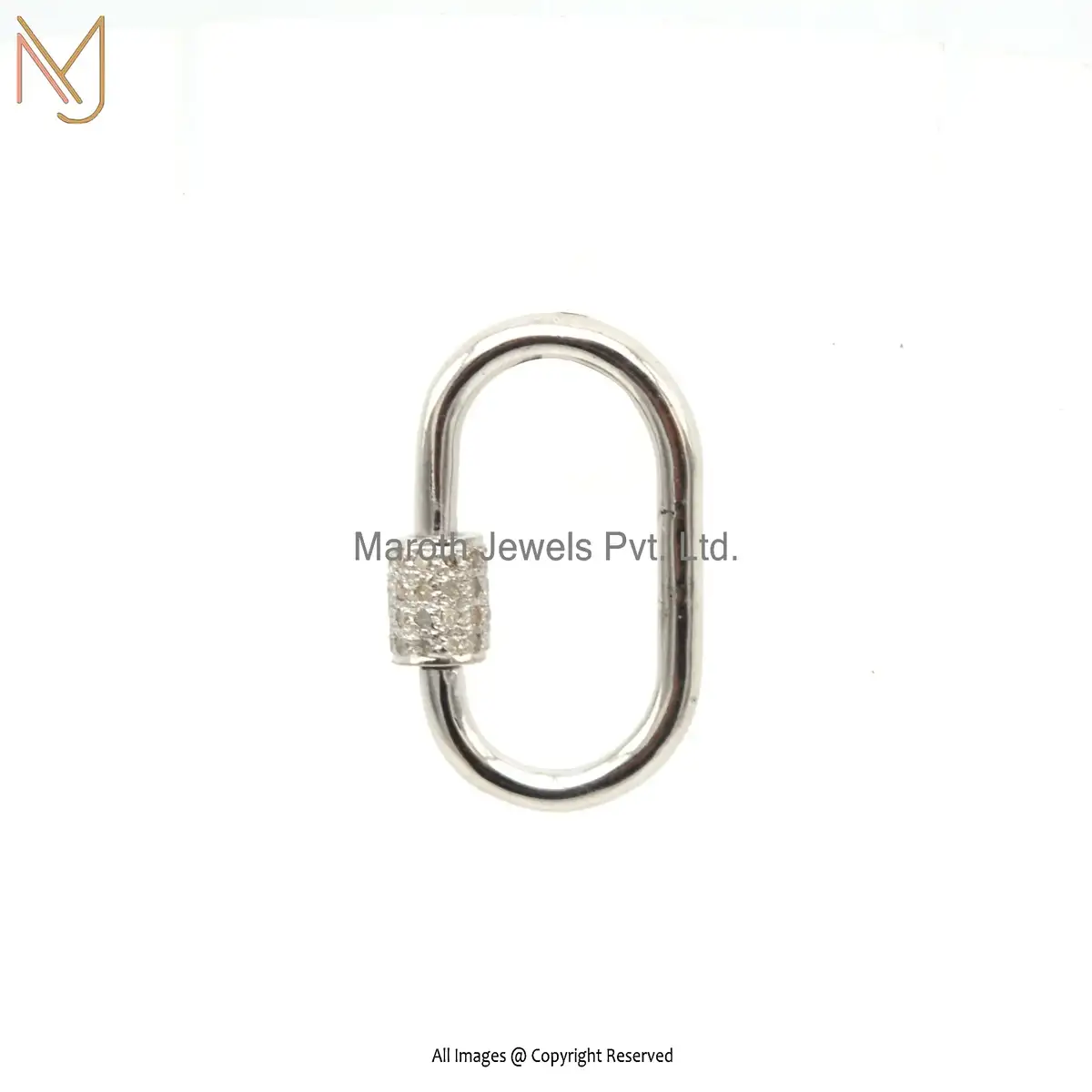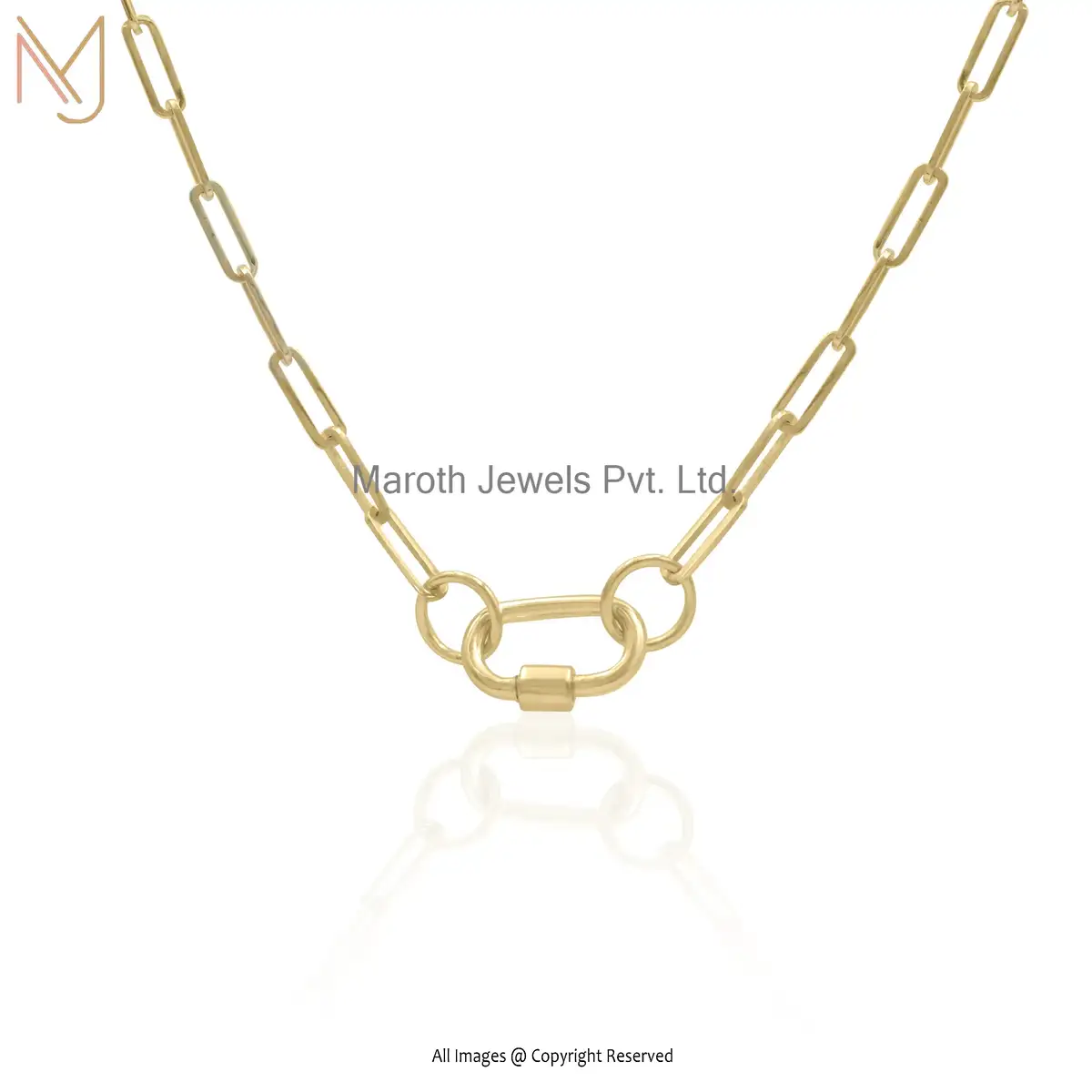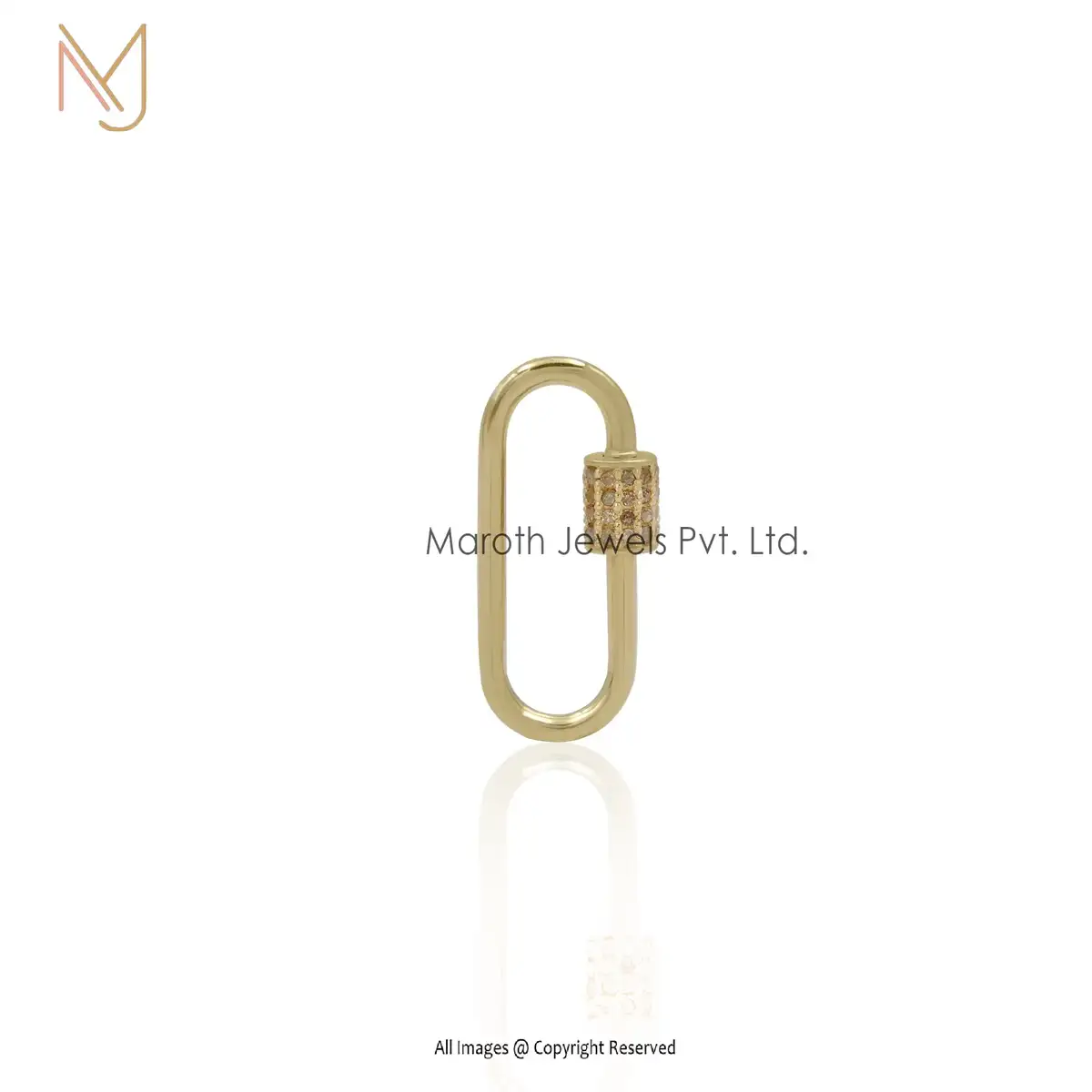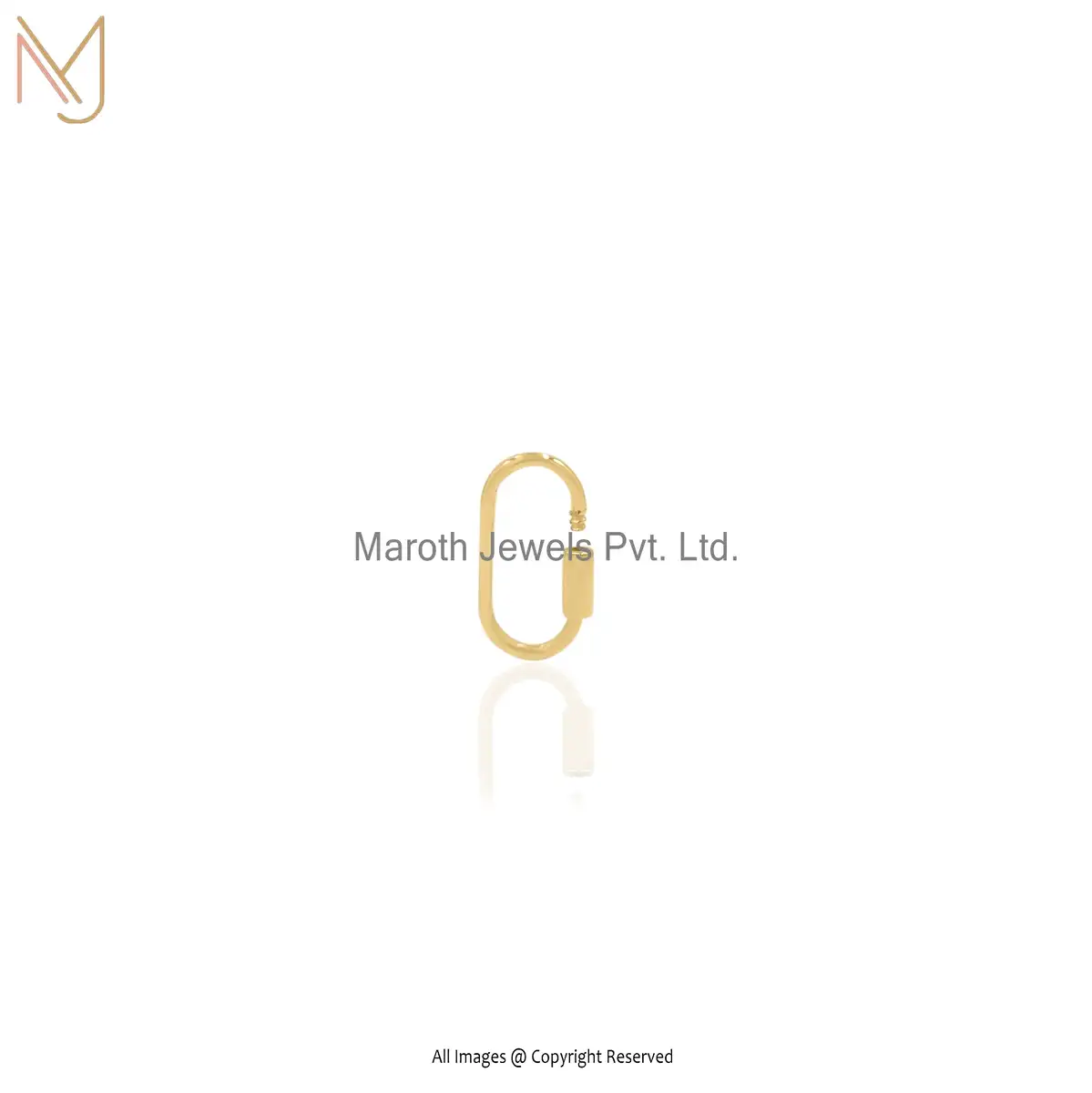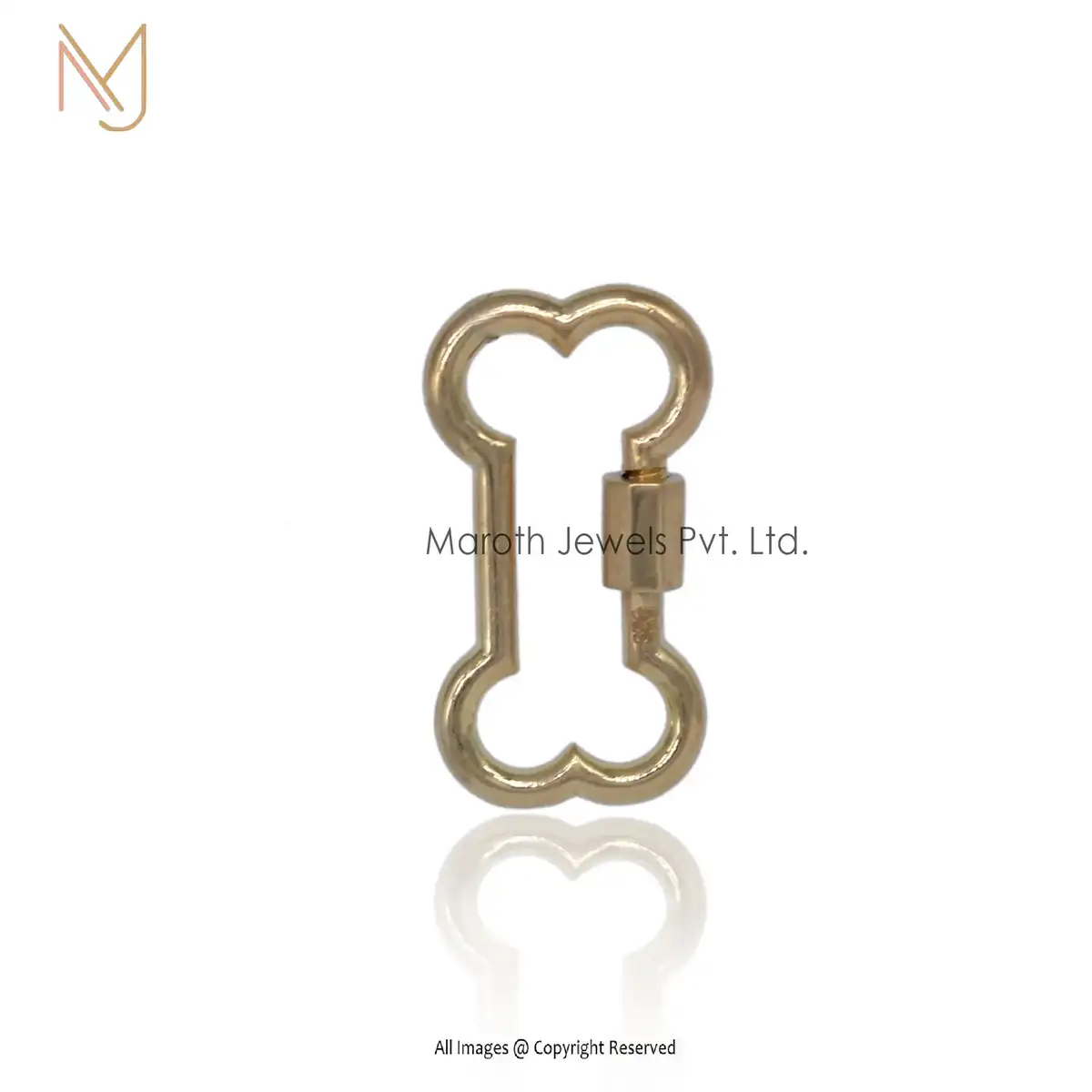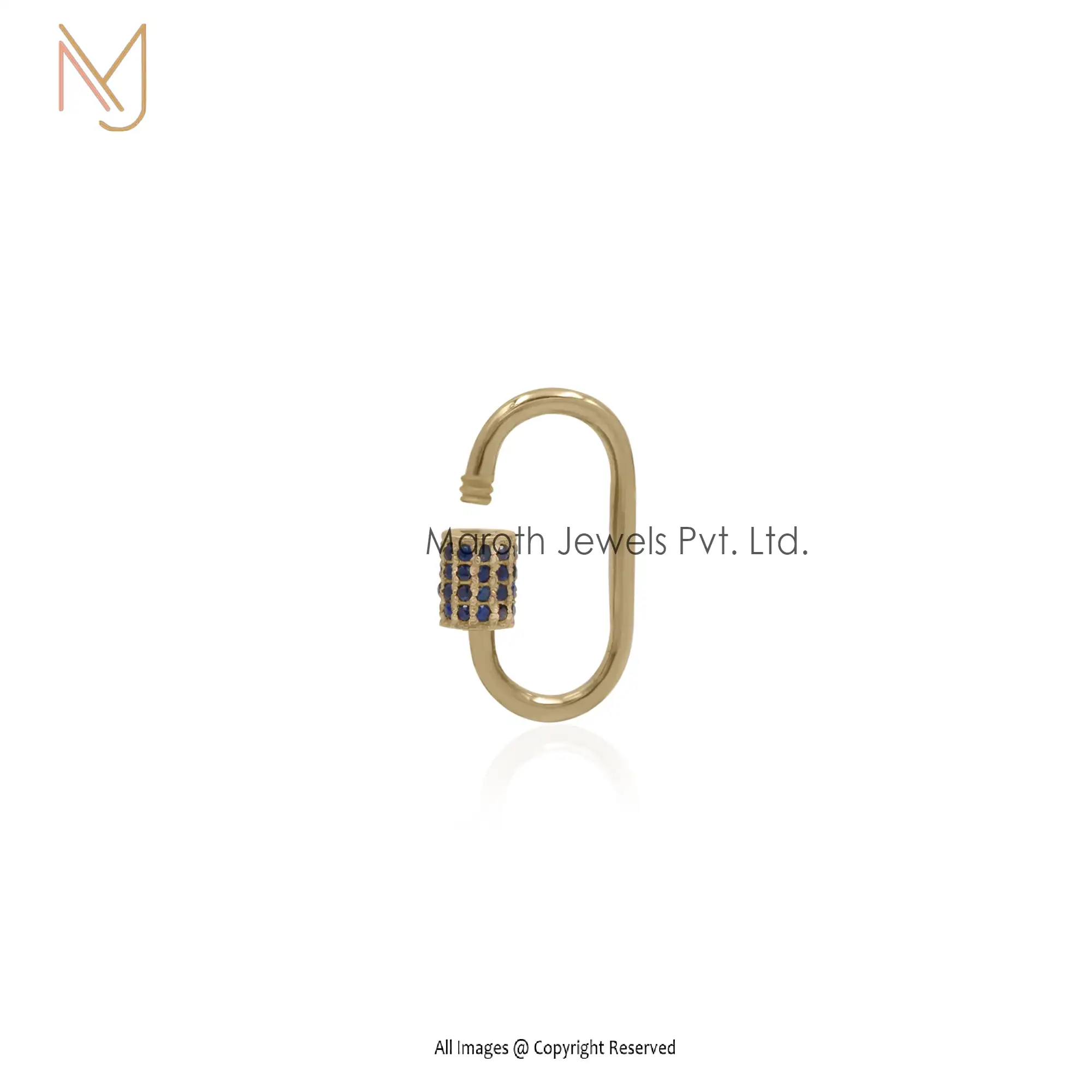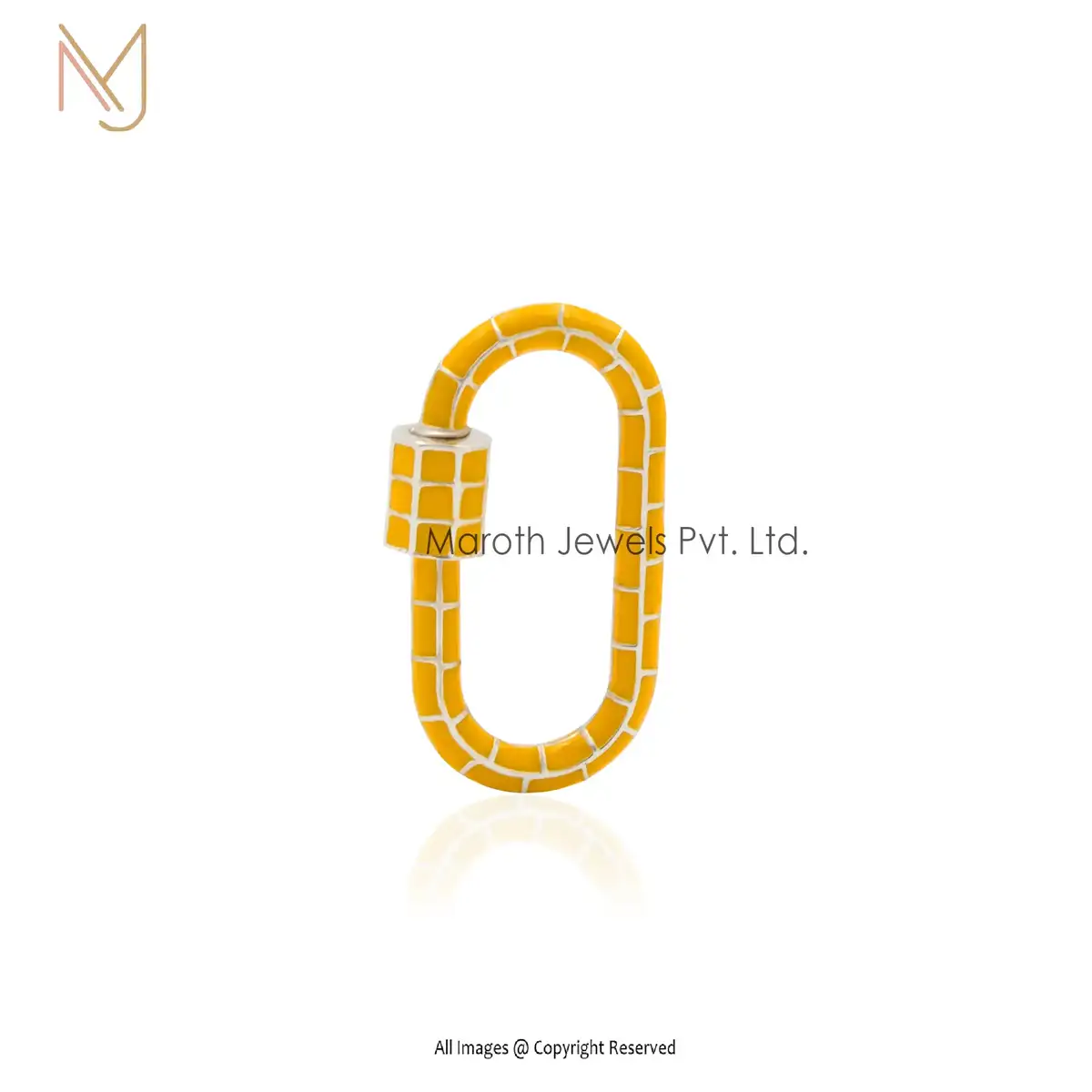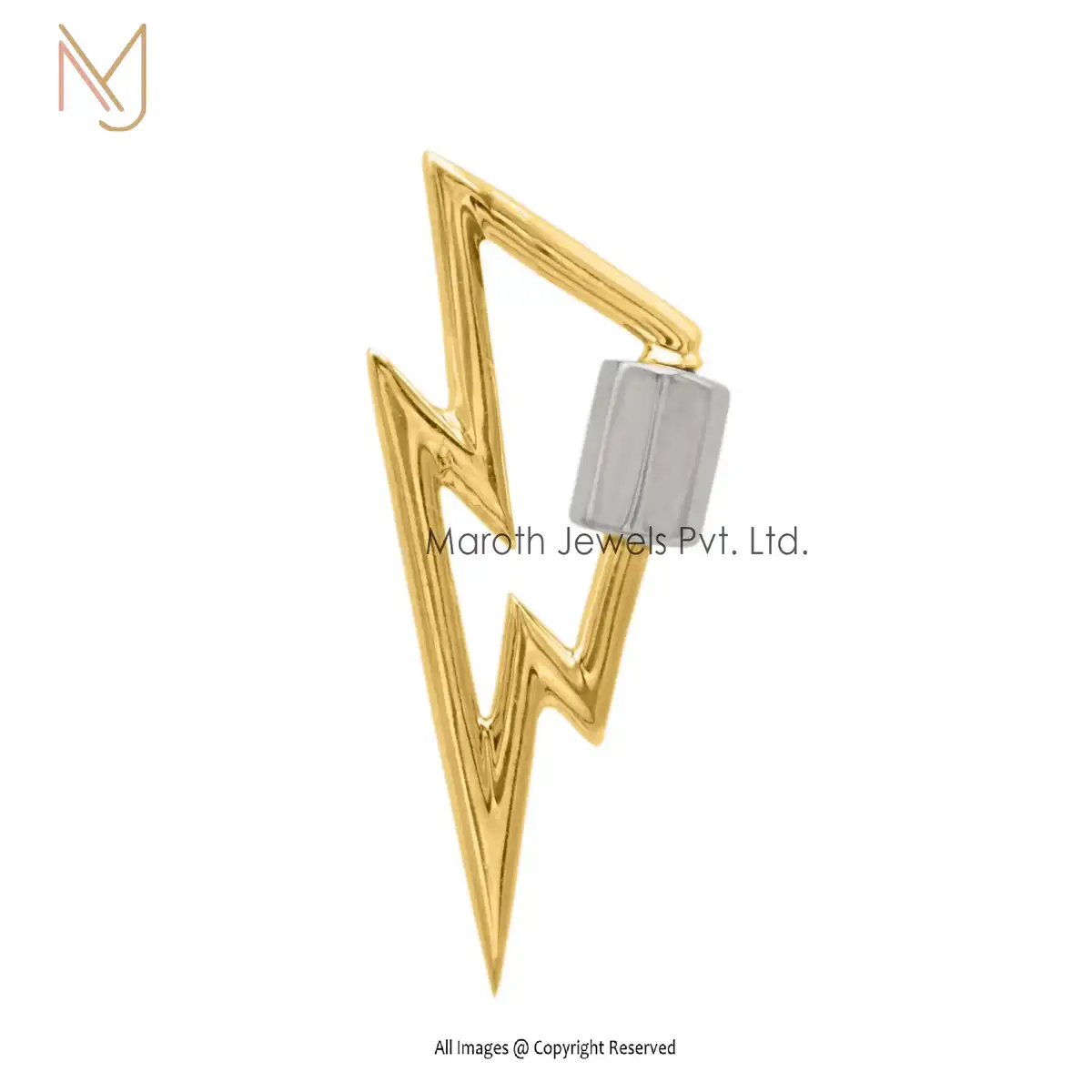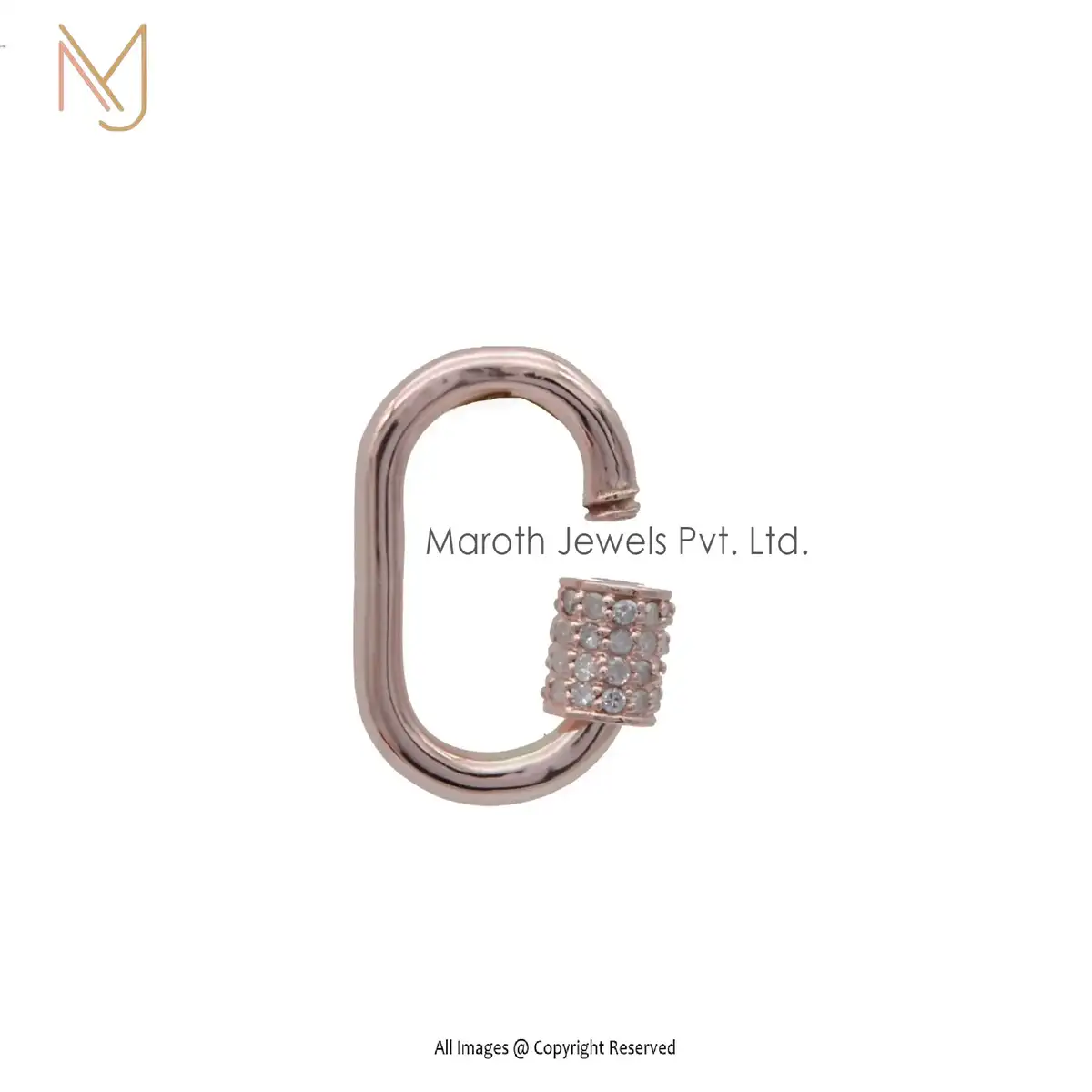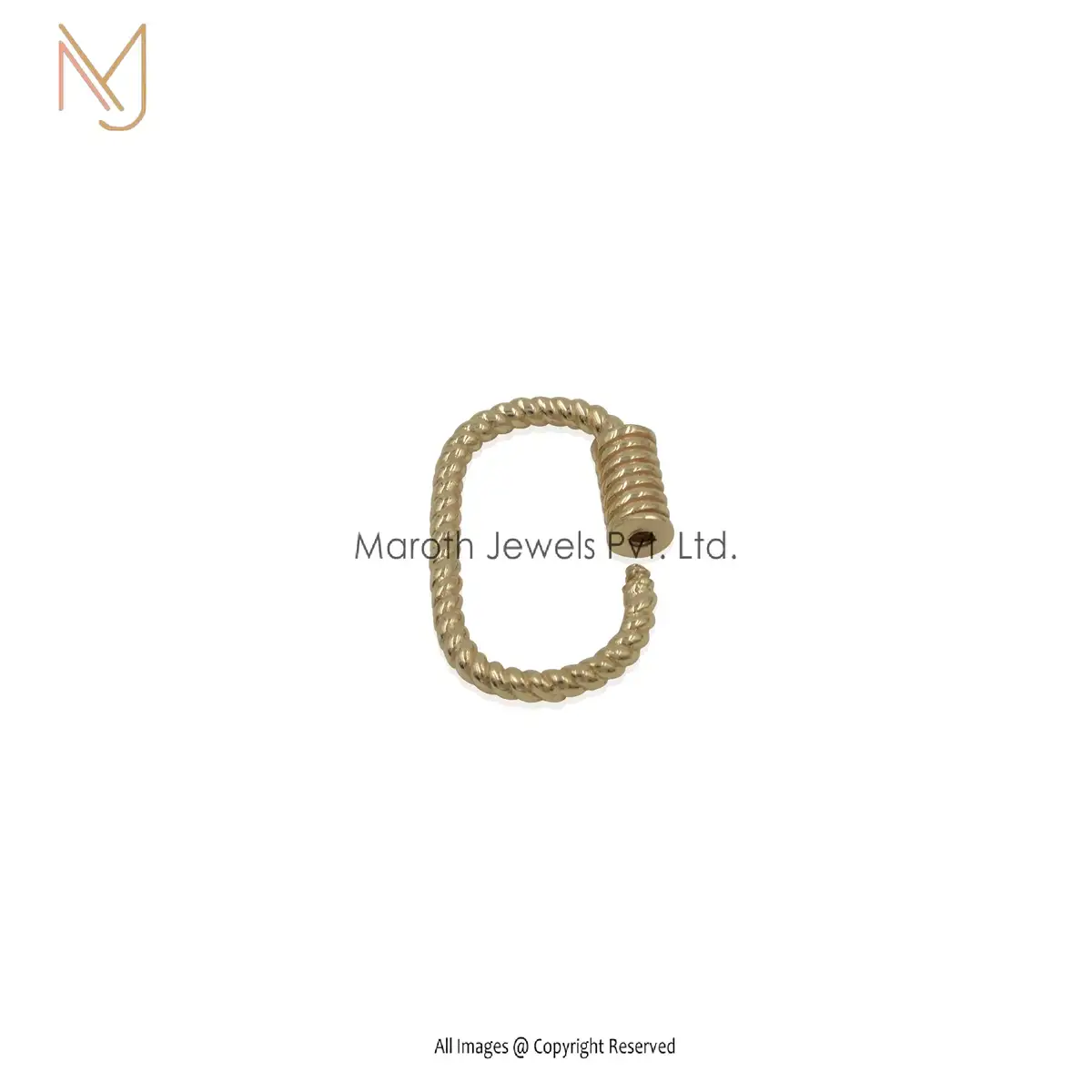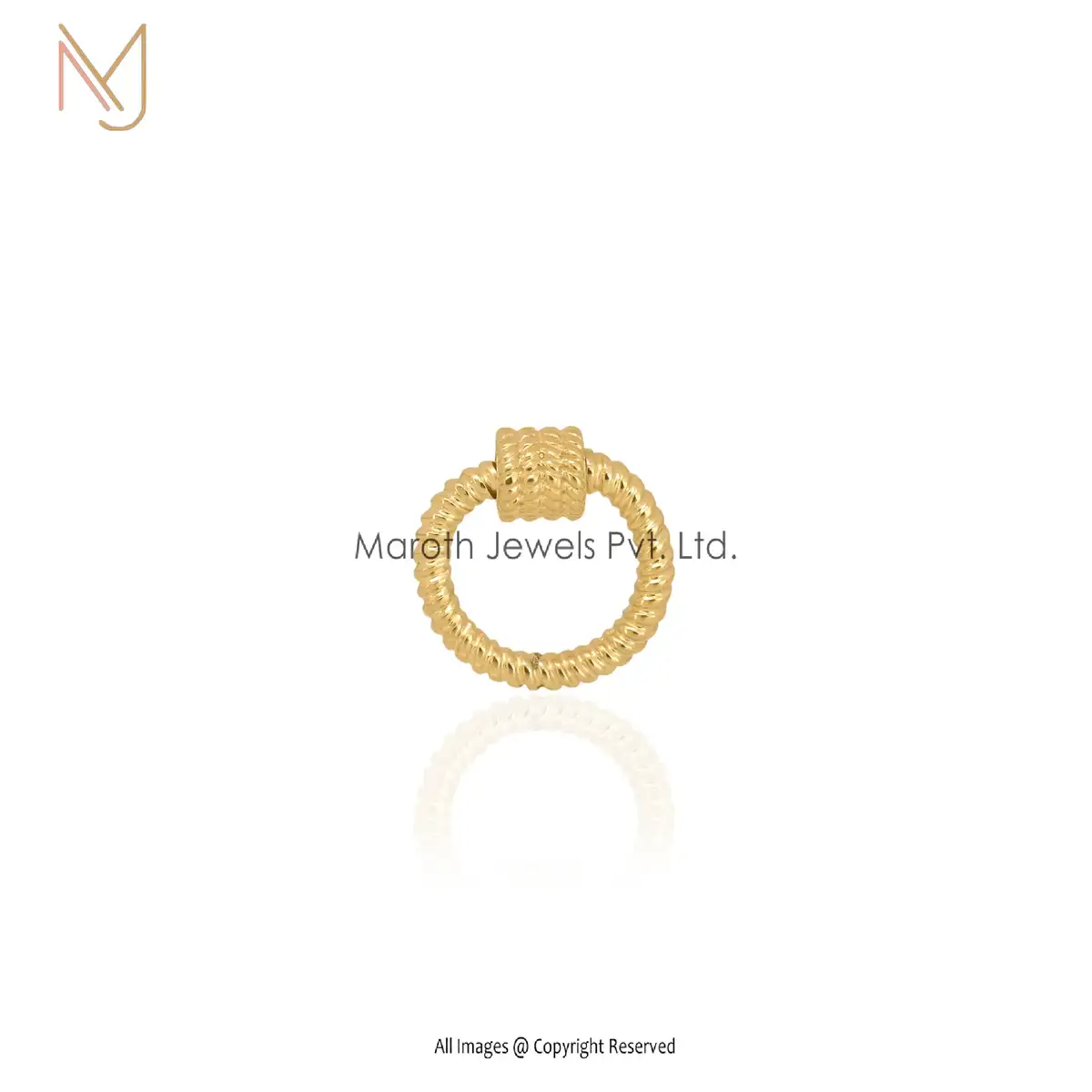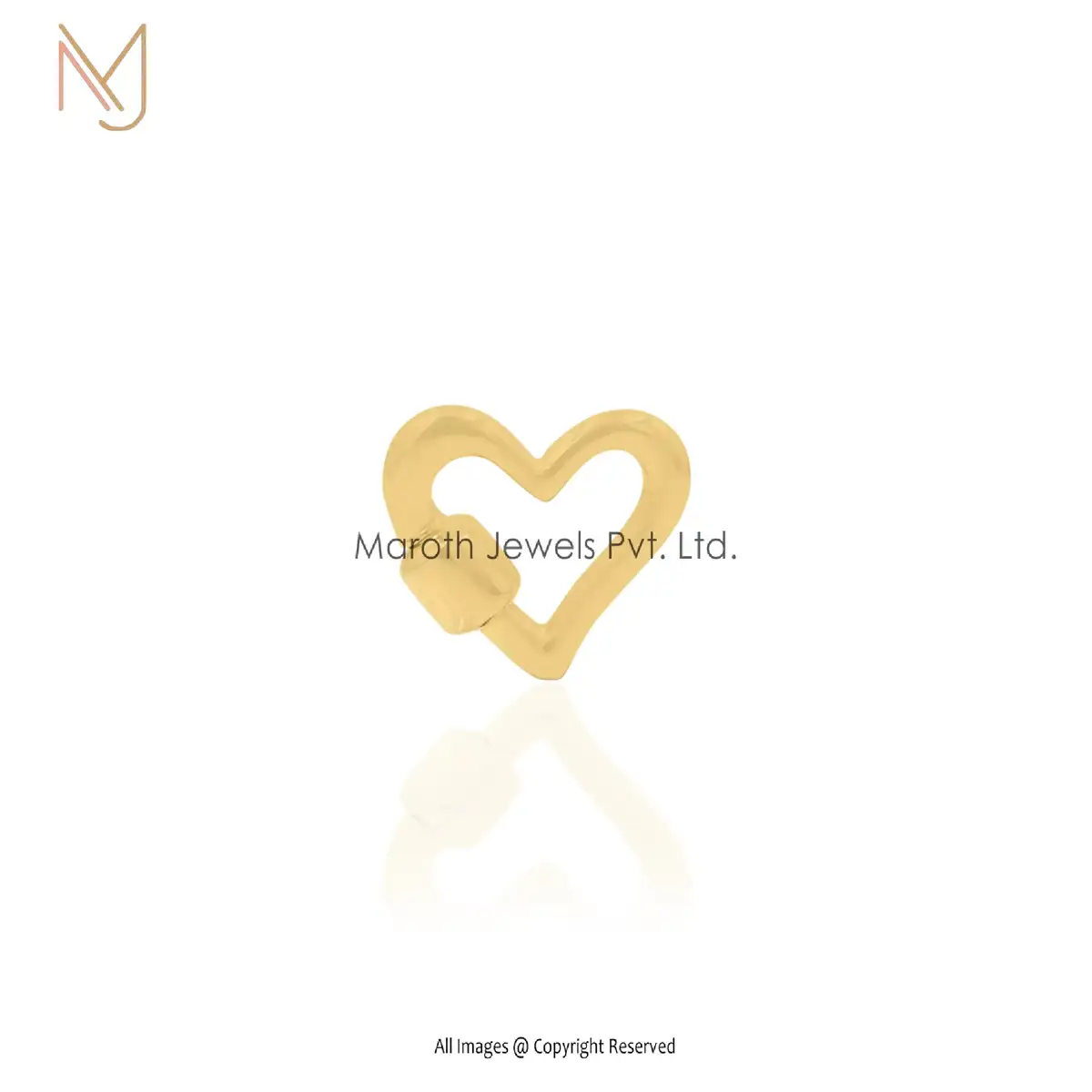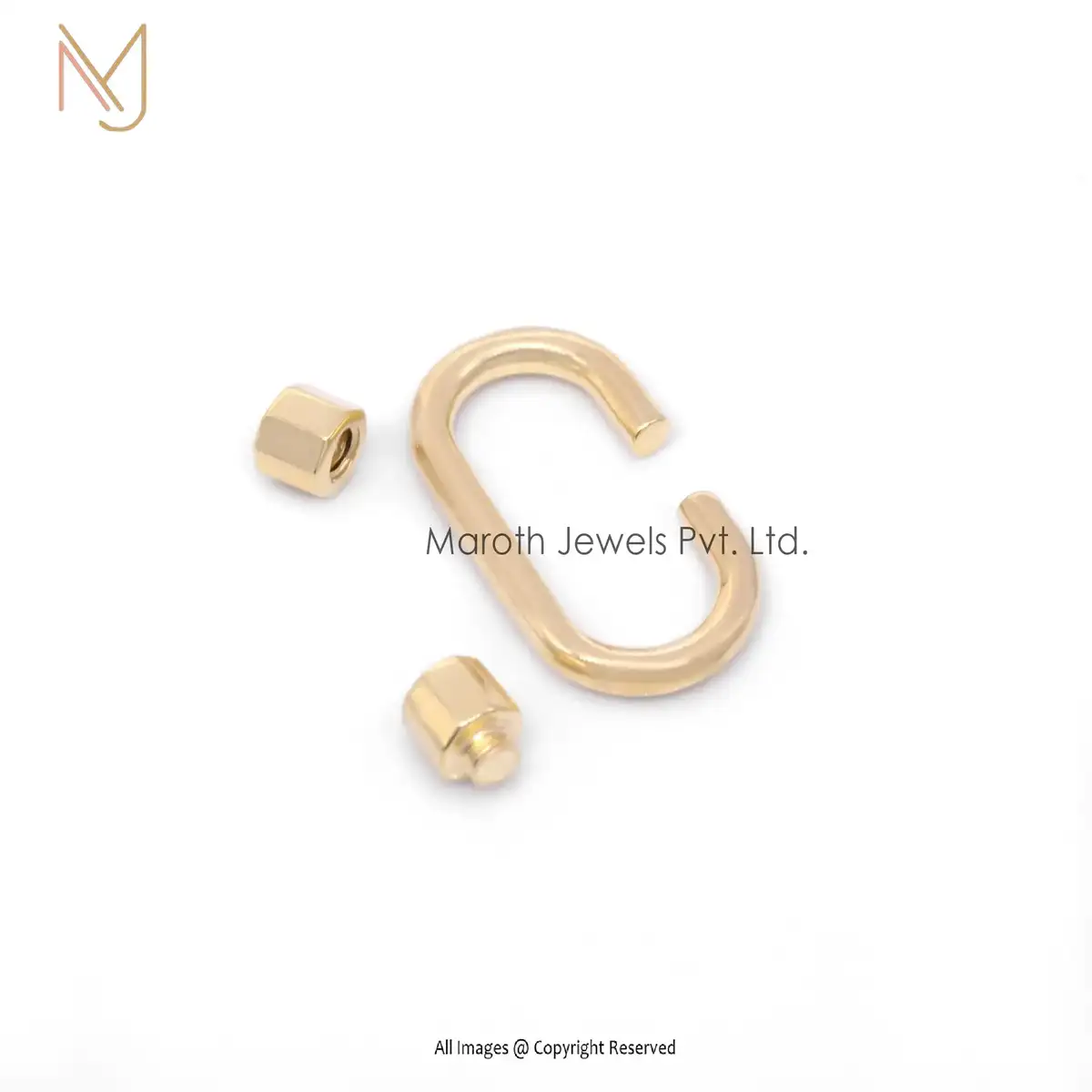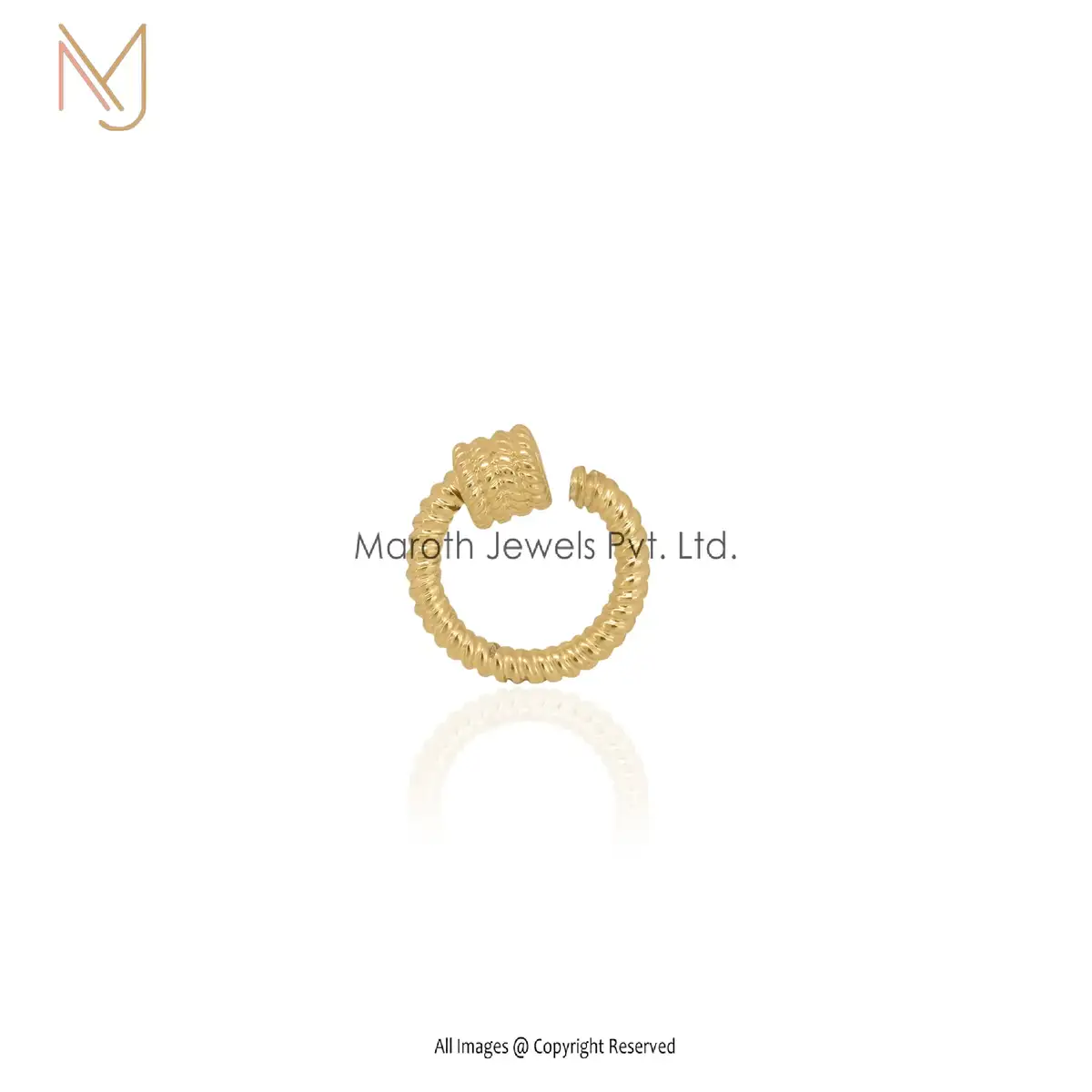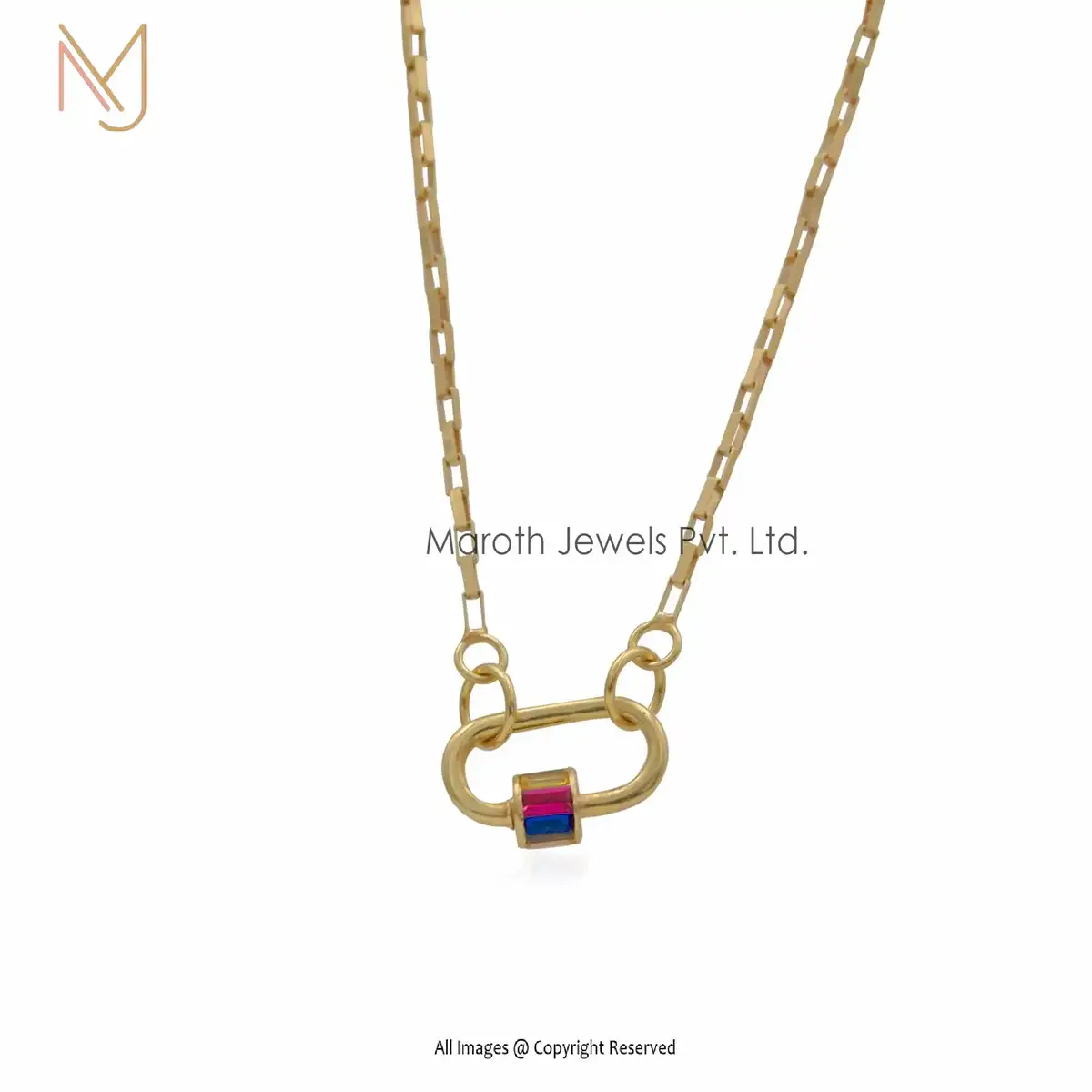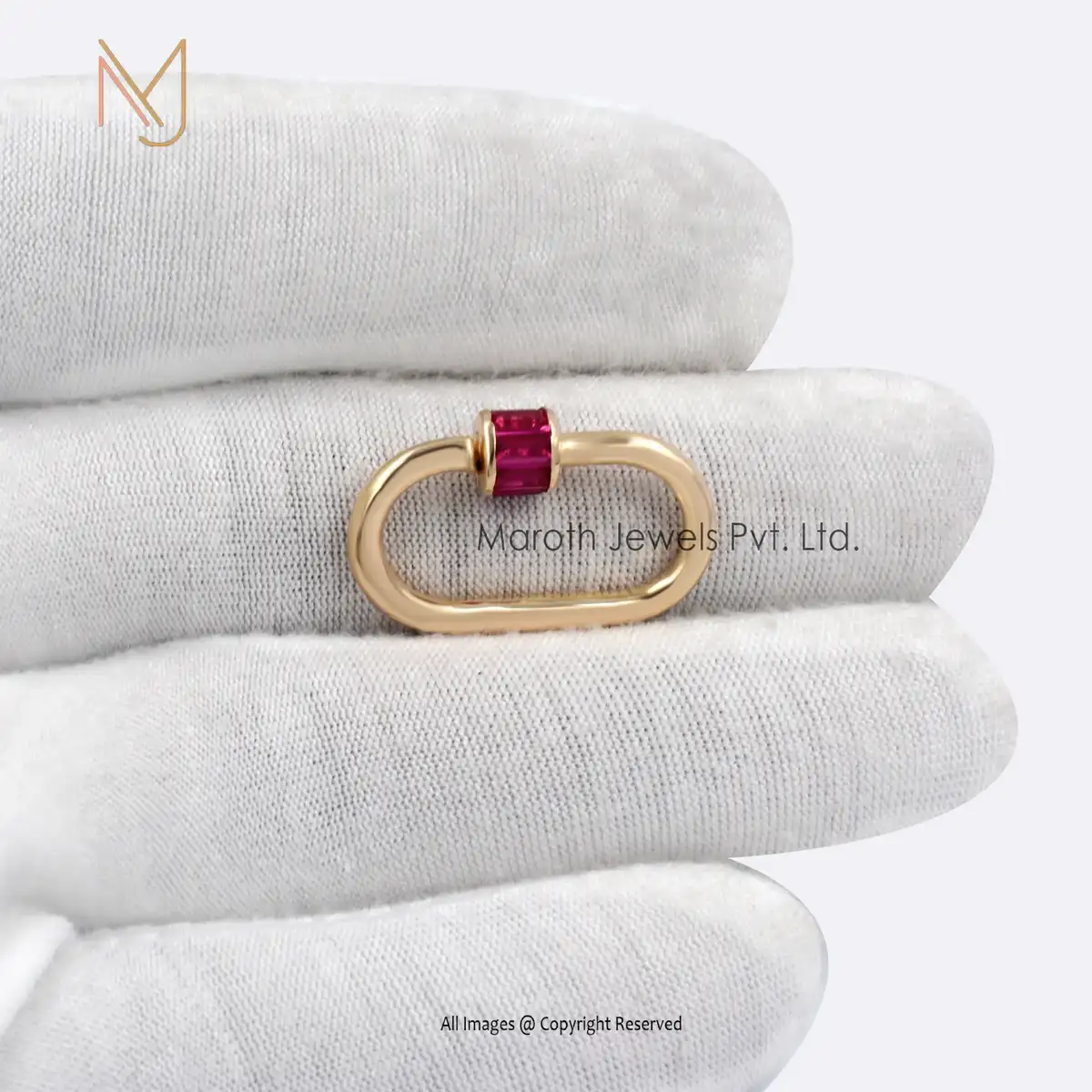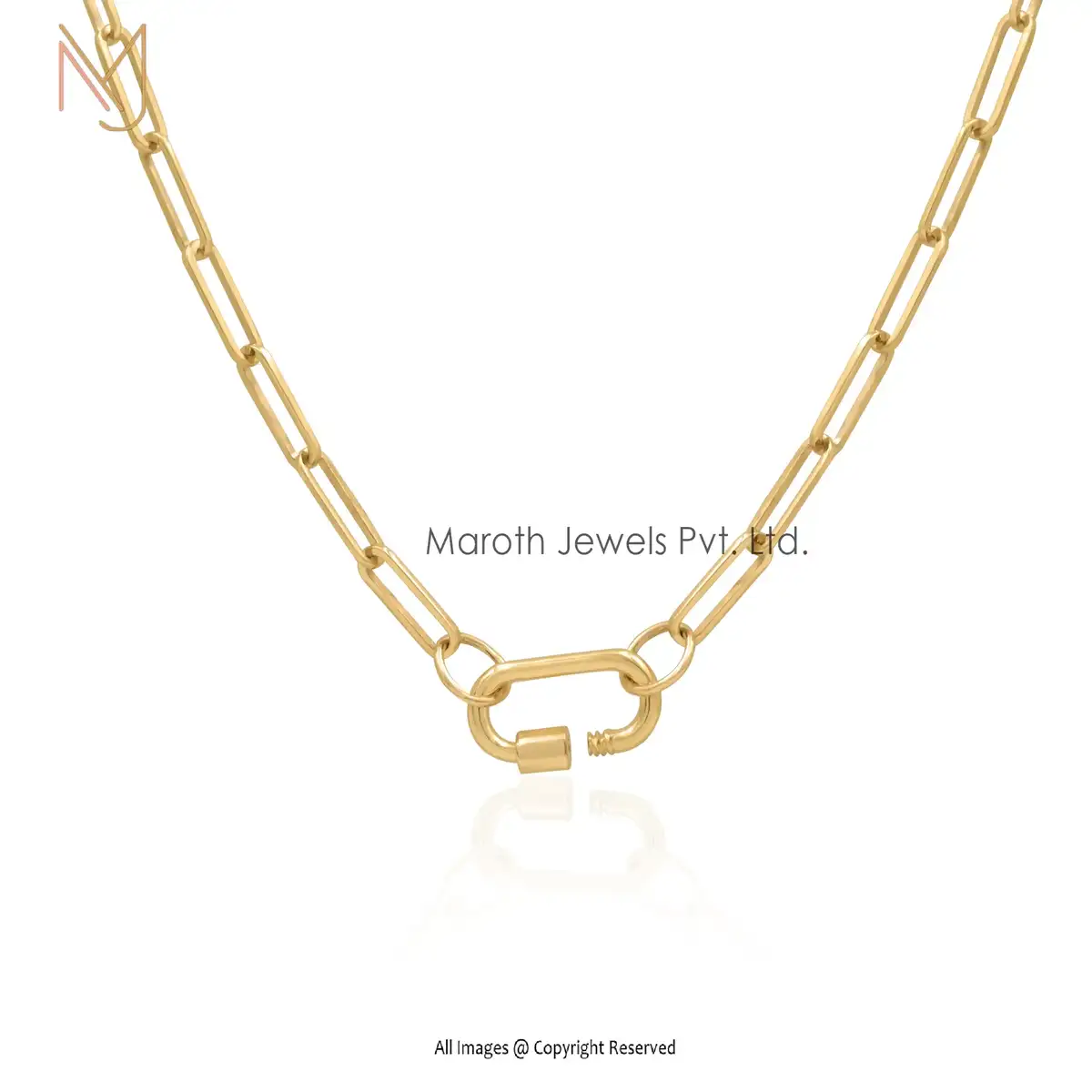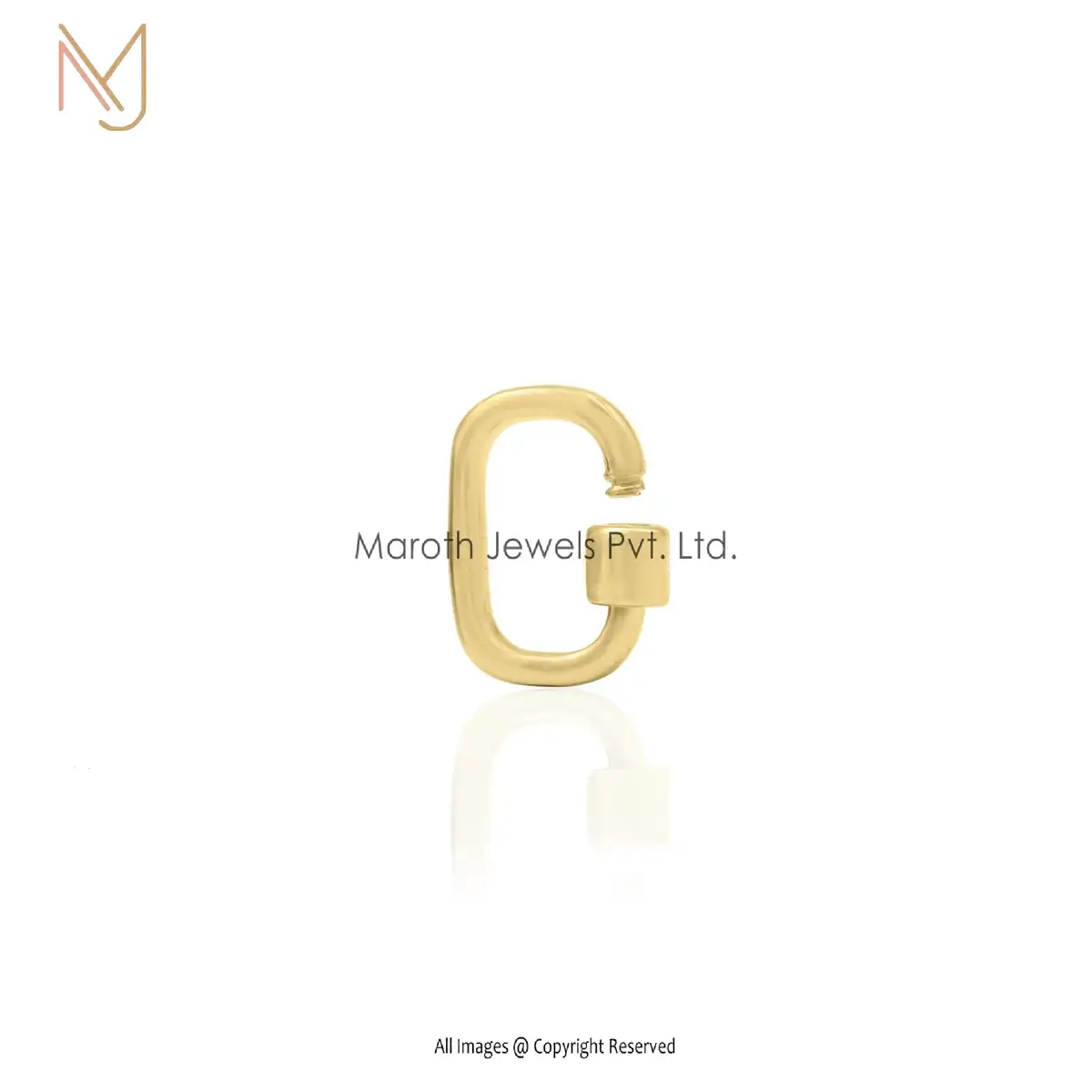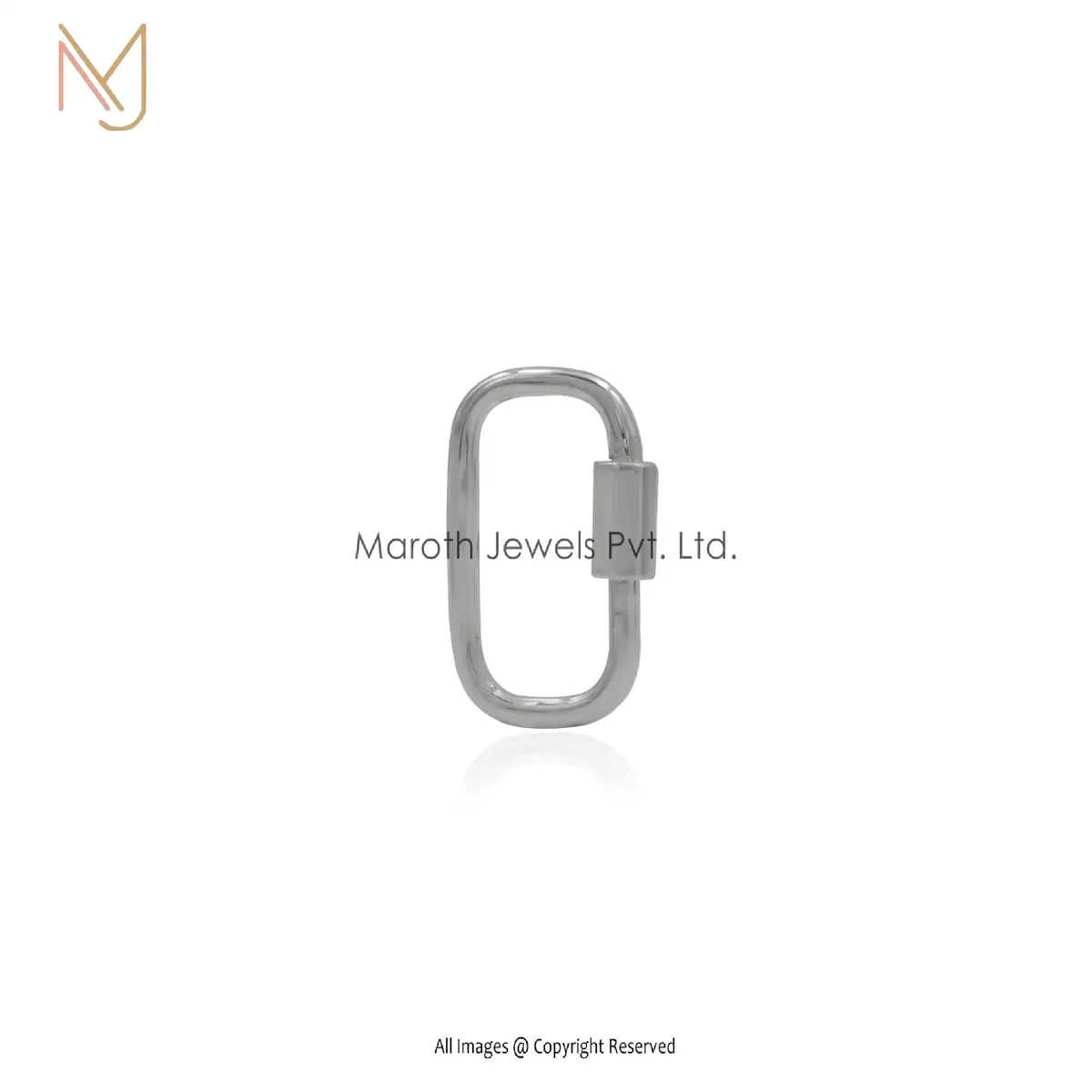Diamond Color Scale Guide: Choose Your Perfect Sparkle
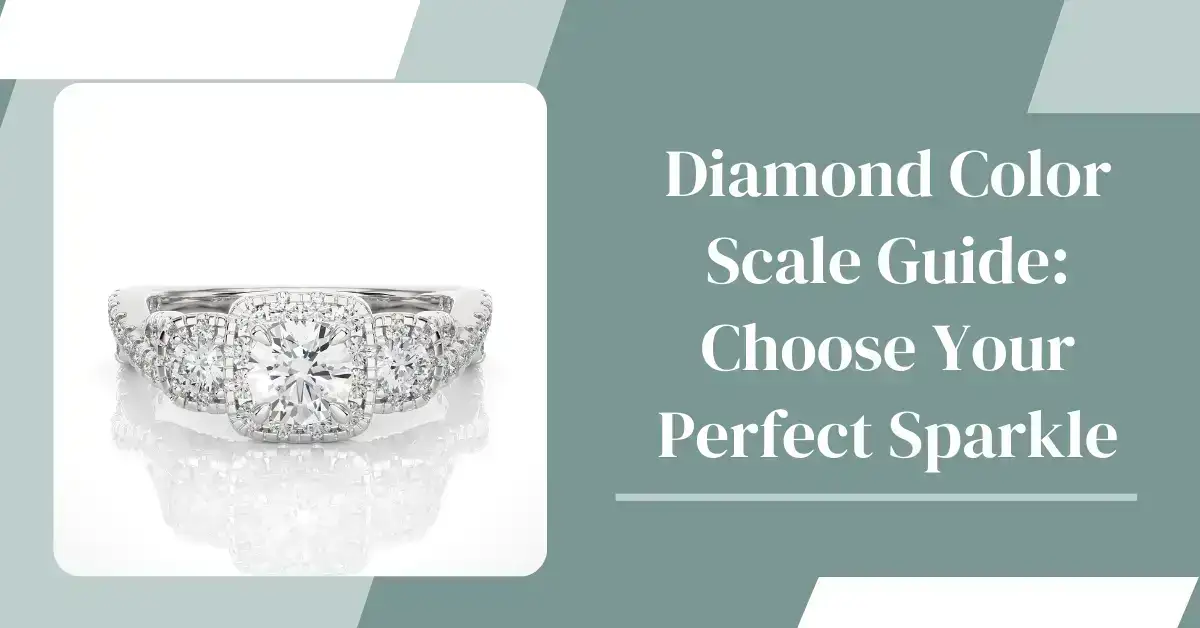
Diamond Color Scale Guide: Choose Your Perfect Sparkle
Choosing the perfect diamond involves understanding its color. The diamond color scale is crucial. It helps you know the diamond's quality.
What Is a Diamond Color?
Diamond color refers to the absence of color. Z means the diamond has a noticeable color. Most diamonds have slight traces of yellow or brown. Colorless diamonds are rare. They are also more valuable. Understanding diamond color helps you make a better choice.
Diamond Color Explained
Diamonds can appear colorless, but many have subtle hues. The diamond color scale measures these hues. The scale ranges from D (colorless) to Z (light color). Diamonds graded D-F are considered colorless. Diamonds graded G-J are near-colorless. Diamonds with a grade of K-Z have noticeable color. Higher color grades are more sought after. Lower color grades are more affordable.
VISIT FOR :: Custom Jewelry
What Is The Best Color For A Diamond?
The best color for a diamond is subjective. It depends on your preference. Many people prefer colorless diamonds. These are graded D, E, and F. They are very rare and valuable. Some people prefer near-colorless diamonds. Choose a color that you love.
Color Preferences
Color preferences vary among individuals. Some prefer the pure, icy look of colorless diamonds. Others find near-colorless diamonds just as beautiful. They offer a great balance of beauty and value.
How Important Is a Diamond Color?
Diamond color is very important. It affects the diamond's appearance. A higher color grade means a more beautiful diamond. Colorless diamonds are more brilliant. They reflect light better. Color can also affect the diamond's value. Higher color grades are more expensive. But, color is just one of the Four Cs. The other Cs are cut, clarity, and carat weight. All these factors are important. Consider them all when choosing a diamond.
The Impact of Color
The impact of color on a diamond's appearance is significant. Colorless diamonds reflect more light. This makes them appear more brilliant. Diamonds with noticeable color may appear duller. They may not sparkle as much. The choice of color grade affects the overall look of the diamond. Higher color grades enhance the diamond's beauty. Lower color grades can still be beautiful. They offer a different kind of charm. Understanding the impact of color helps you make a better choice.
How To Select The Right Diamond Color?
Selecting the right diamond color depends on your preferences. First, decide on your budget. Colorless diamonds are more expensive. Near-colorless diamonds offer good value. Next, consider the diamond's setting. Some settings hide the diamond's color. Others highlight it. Also, think about the diamond's size. Larger diamonds show more color. Smaller diamonds show less. Finally, choose a color that you love. Trust your taste. You will be happy with your choice.
Budget Considerations
Your budget plays a crucial role in selecting the diamond color. Higher color grades cost more.
Setting Considerations
The setting affects how the diamond's color appears. White gold and platinum settings highlight the diamond's color. Yellow and rose gold settings can mask it. Choose a setting that complements the diamond. If the diamond has a lower color grade, consider a yellow gold setting. It will make the diamond look whiter. For higher color grades, white gold or platinum is best. The setting should enhance the diamond's beauty.
Size Considerations
The size of the diamond affects the visibility of its color. Larger diamonds show more color. Smaller diamonds show less. This is important when choosing a color grade. For larger diamonds, choose a higher color grade. For smaller diamonds, a lower grade may be fine. Consider the size when selecting the color. This ensures the diamond looks its best.
Diamond Shape
Diamond shape affects the appearance of color. Round diamonds reflect light best. They hide color well. Fancy shapes, like princesses or emeralds, show more color. Each shape has its beauty. Consider the shape when choosing a color. Round diamonds can be lower in color grade. Fancy shapes may need a higher color grade. Choose a shape that you love. It will affect the diamond's overall look.
Chart: Diamond Shape and Color
Shape and Light Performance
Different shapes reflect light differently. Round diamonds are known for their brilliance. They hide color well. Fancy shapes, like emerald and asscher, show more color. This is due to their step-cut facets. Choose a shape that matches your preference. Consider how it affects the diamond's color. This helps you select the best diamond.
Diamond Carat Weight
Diamond carat weight affects color appearance. Larger diamonds show more color. Smaller diamonds show less. This is important when choosing a color grade. For larger diamonds, choose a higher color grade. For smaller diamonds, a lower grade may be fine. Carat weight and color both affect the diamond's price. Balance them to fit your budget.
VISIT FOR :: Gold Plated Jewelry Manufacturer, Wholesaler & Suppliers
Carat Weight and Color Visibility
The visibility of color increases with carat weight. A small diamond may appear colorless even in lower grades. Larger diamonds reveal more color. When choosing a large diamond, opt for a higher color grade. This ensures the diamond looks its best. Balance size and color to meet your preferences.
Chart: Carat Weight and Color Grade
Diamond Setting
The diamond setting affects the appearance of color. White gold and platinum settings highlight the diamond's color. Yellow and rose gold settings hide it. Choose a setting that complements the diamond. If the diamond has a lower color grade, consider a yellow gold setting. It will make the diamond look whiter. For higher color grades, white gold or platinum is best. The setting should enhance the diamond's beauty. Choose a setting that matches your style.
Setting and Color Enhancement
The setting can enhance or mask the diamond's color. A yellow gold setting can make a lower color grade diamond look whiter. White gold or platinum settings highlight the diamond's color. Choose a setting that works with the diamond's color. This enhances the diamond's overall appearance.
Chart: Setting and Color Enhancement
Diamond Color & Clarity
Color and clarity are both important. They affect the diamond's appearance. High color and high clarity mean a beautiful diamond. But, you can balance these factors. If the diamond has high clarity, you can choose a lower color grade. If it has high color, you can choose a lower clarity grade. Balance color and clarity to fit your budget. Choose a diamond that looks beautiful to you. Trust your eyes. They will guide you to the right choice.
Balancing Color and Clarity
Balancing color and clarity is crucial. This ensures you get a beautiful diamond within your budget.
Chart: Balancing Color and Clarity
How Does Color Influence the Price of the Diamond?
Diamond color greatly influences the price. Higher color grades are more expensive. Colorless diamonds (D-F) are rare and valuable. Near-colorless diamonds (G-J) offer good value. Lower color grades are more affordable. The price difference can be significant. Consider your budget when choosing a color grade. You can find a beautiful diamond at any grade. Balance color with the other Cs. This ensures you get the best value.
Color and Price Relationship
The relationship between color and price is significant. As the color grade increases, so does the price. Colorless diamonds command the highest prices. Near-colorless diamonds offer a good balance of beauty and value. Lower color grades are more affordable but can still be beautiful. Understanding this relationship helps you make an informed decision.
Chart: Diamond Color and Price Range
GIA Color Diamond Grade Scale Chart
The GIA color diamond grade scale is the standard. It ranges from D to Z. D is colorless. Z has noticeable color. Most diamonds fall in the D-J range. The GIA scale is reliable. It helps you understand the diamond's quality. Trust the GIA grade when choosing a diamond. It ensures you get a quality diamond.
GIA Diamond Color Scale
Understanding the GIA Scale
The GIA scale is the most widely accepted. It provides a consistent way to grade diamond color. The scale helps you compare diamonds easily. Trusting the GIA scale ensures you are making a good investment. It gives you confidence in your choice.
Conclusion
Choosing the right diamond color is important. Balance color with clarity and carat weight. Trust the GIA color grade. It ensures quality. Choose a diamond color that you love. It will sparkle beautifully. This guide will help you find the perfect diamond. Enjoy your journey to finding your perfect sparkle.
READ MORE :: Why Colorful Gemstones Are So Popular Right Now (and How to Use Them in Your Designs)
Recent Posts
Related products
14K Yellow Gold Carabiner Lock Manufacturer
9K Solid Gold Pave Diamond Baby Carabiner Lock Finding Custom jewelry
14K Yellow Gold Carabiner Lock Custom Jewelry
Private Label 14K Yellow Gold Dog Bone Carabiner Lock Connector Jewelry
Private Label 14K Blue Sapphire Gemstone Carabiner Lock Jewelry
Wholesale 14K Gold Red Enamel Carabiner Lock Jewelry
Wholesale 14K Yellow Gold Bolt Carabiner Lock Jewelry
Private Label 14K Solid Rose Gold Pave Diamond Carabiner Baby Findings Lock
14K Yellow Gold Twisted Carabiner Lock Manufacturer
14K Yellow Gold Twisted Wire Carabiner Lock Manufacturer
Wholesale 14K Yellow Gold Heart Carabiner Lock
Wholesale 14K Yellow Gold Clicker Link Carabiner Lock Jewelry
925 Silver Twisted Wire Carabiner Lock Manufacturer
Wholesale 92.5 Silver Yellow Gold Plated Aquamarine Baguettes Carabiner Lock
14K Yellow Gold Plain Carabiner Lock Manufacturer
Wholesale 9K Yellow Gold Rectangle Carabiner Lock Findings Jewelry
Contact Us For Custom Jewelry
Please get in touch with us and share your ideas if you have personalized jewelry or are searching for a private label jewelry manufacturer. In accordance with your suggestions, we will make and present genuine jewelry.
Drop Us a Line
Scan QR Code
for immediate contact






















